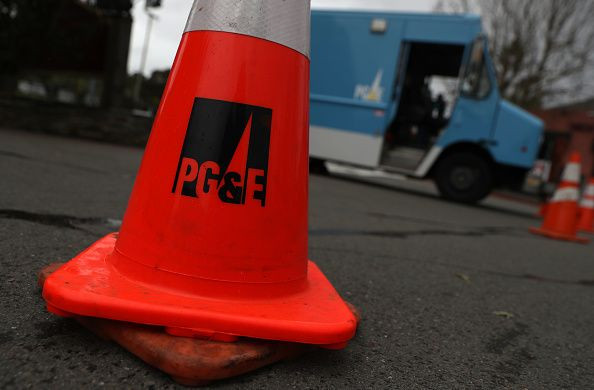PG&E Won’t Disconnect Power For Non-Paying Customers Impacted By The Coronavirus

Utility company PG&E (PCG) has announced that it will temporarily halt disconnection services for non-payment during the coronavirus outbreak. The utility said the suspension will apply to residential and commercial customers and remain in effect until further notice.
PG&E made the decision to support its customers through the pandemic and will offer flexible payment plans to customers that are impacted by COVID-19.
Employees at PGG&E have also been instructed to take social distancing precautions, including avoiding handshakes and wearing disposable nitrile gloves while in customers’ homes. Customers are also asked to make payments online or by phone.
"We recognize that this is a rapidly changing situation and an uncertain time for many of our customers,” Laurie Giammona, chief customer officer and senior vice president at PG&E, said in a statement. “Our most important responsibility is the health and safety of our customers and employees.
“We also want to provide some relief from the stress and financial challenges many are facing during this worldwide, public health crisis. We understand that many of our customers may experience a personal financial strain due to the slowdown in the economy related to the pandemic.”
Internally, PG&E has undertaken advanced cleaning measures and allowed employees to work from home if their job permits. The company does not expect any disruption in gas or electric service due to the coronavirus.
The company said it will continue to monitor the coronavirus events moving forward.
Shares of PG&E stock were up 11.70% as 3:06 p.m. EDT on Friday.
© Copyright IBTimes 2025. All rights reserved.





















